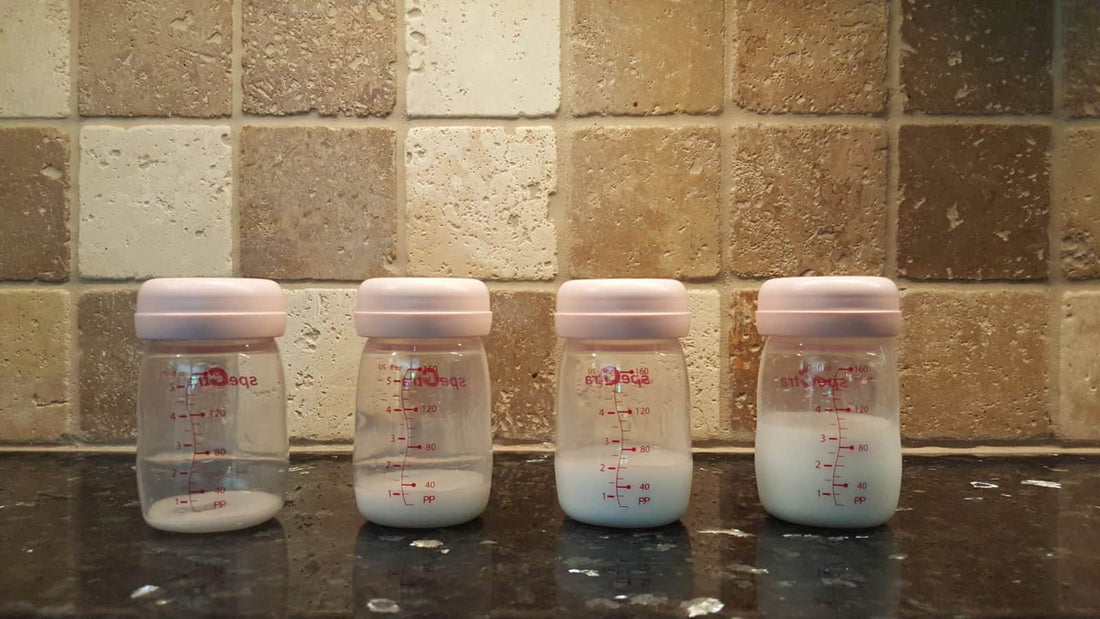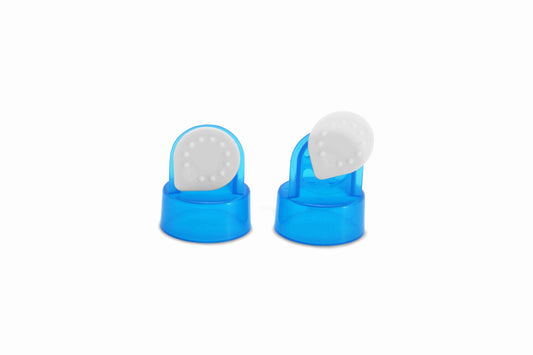How much breastmilk does my baby need by age?
In the first few weeks of life, your baby's breastmilk needs will increase quite a bit and then stabalise between 1 and 6 months of age, or longer, depending on when he or she starts eating solid foods. You might notice a gradual decrease in breastmilk consumption once baby starts solid foods, but remember that breastmilk should still be the primary source of nutrition for the first year.

In the first couple of days after baby is born, baby will need just 5-7mL of milk at each feeding, which a half a tablespoon. Mother's milk generally comes in between 3 and 5 days so colostrum is all your baby needs for those first few days. Remember that this is a generalisation based on a healthy, full-term baby, and that your baby may have different intake needs if he or she is premature or has another medical condition. Always adhere to your care provider's advice.
Breastmilk calculator
For babies fed breastmilk exclusively between ages 1 to 6 months who have not started solid foods yet, KellyMom has an excellent milk calculator to help you determine how much milk you should plan on having based on how many times your baby normally feeds throughout the day.Click here for KellyMom's breastmilk calculator.Tip: once breastmilk is warmed and baby drinks from a bottle, it will need to be used right away. In fact, many daycare centres are required to toss any remaining breastmilk that's leftover in a bottle after a feeding. Rather than sending one or two large, full bottles with your caregiver, try sending several small bottles to avoid wasting that liquid gold :)
How much breastmilk does baby need after 6 months?
Once your baby starts eating solid foods, you may see a gradual decrease in breastmilk consumption; however, it's recommended that baby continues to receive breastmilk until at least 2 years of age. So how much breastmilk should you expect to feed your older baby or toddler? Here's what KellyMom has to say:Several studies have measured breastmilk intake for babies between 12 and 24 months and found typical amounts to be 14-19 oz per day (400-550 mL per day). Studies looking at breastmilk intake between 24 and 36 months have found typical amounts to be 10-12 oz per day (300-360 mL per day).
The ultimate takeaway is to pay attention to your baby. If you notice he or she isn't finishing bottles, she may need less breastmilk; or, if he or she is finishing bottles and still acting hungry, an increase in breastmilk might be necessary.

What can I do if I'm concerned about low milk supply?
If you're seeing a decrease in output while pumping it can be stressful especially if you're thinking about how much milk your baby needs to eat each day. However, there are a few things you can try.Make sure you're replacing your pump parts regularly
It's important to replace your pump parts regularly, especially the valves and backflow protectors, because as these wear down it can drastically impact suction of the pump which can hurt your milk supply.




